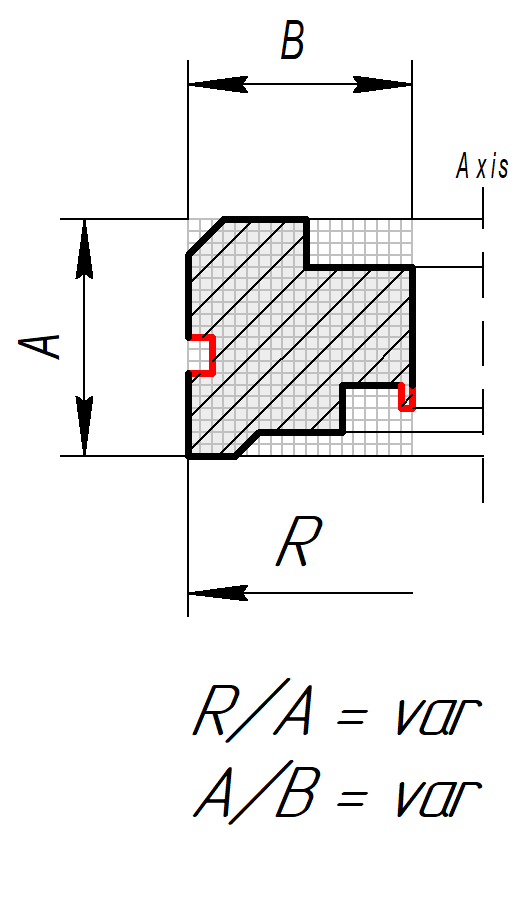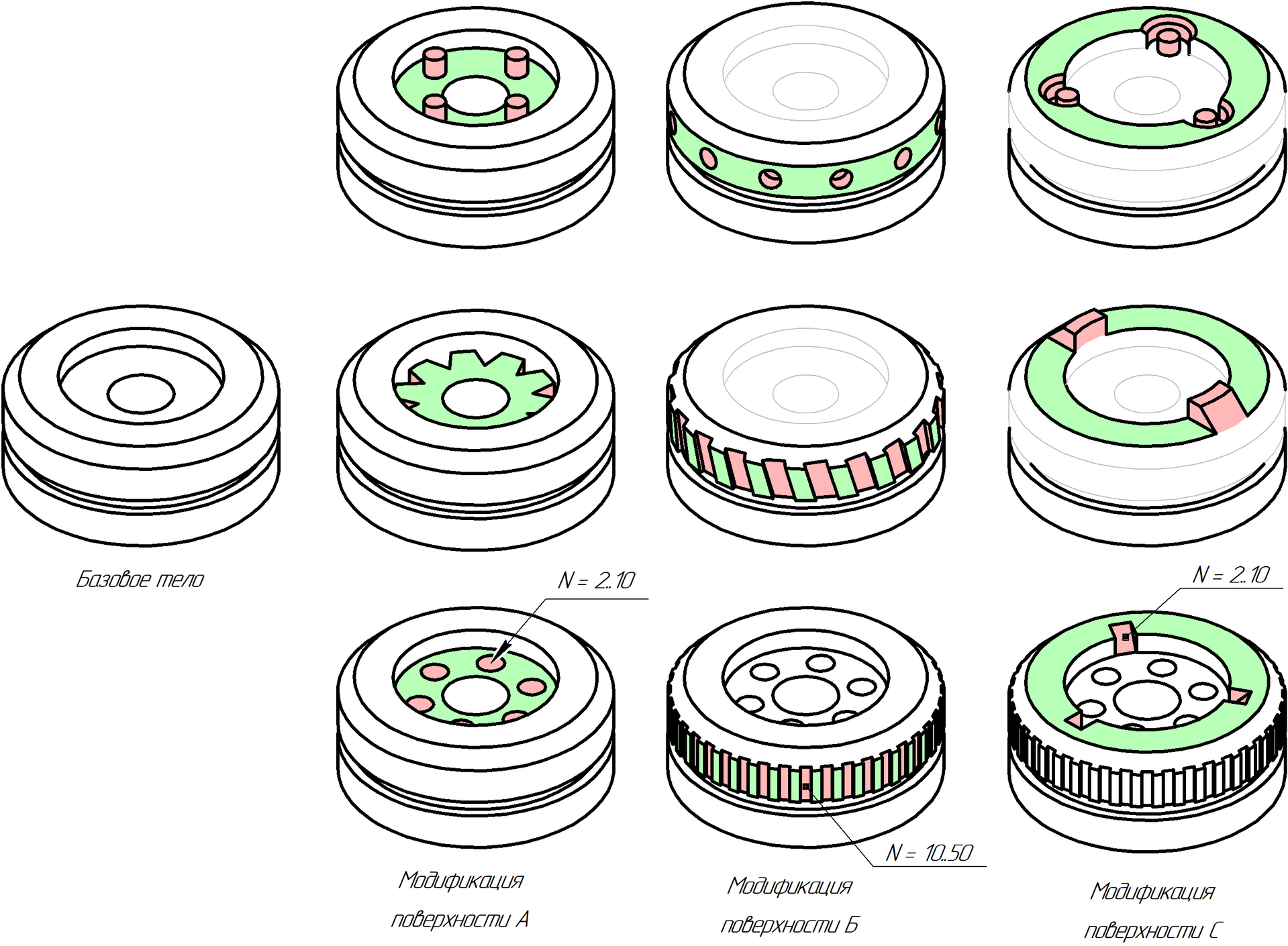Answer the question
In order to leave comments, you need to log in
Procedural generation of bodies of revolution of a technical nature in Blender. Is it possible to study at all?
Hello. I went to study wireframe modeling after solid and for creative purposes I need a generator of bodies of revolution in the form of all kinds of flanges, covers, screws, nuts, etc. In any CAD, the issue is solved through parameterization. In wireframe modeling with Boolean operations, there are clearly problems in this vein - the mesh quickly turns into topological horror.
Purely geometrically, I have only thought of trying to implement, for a start, the generator of the generatrix of the body of rotation. Construct a conditional rectangular area with a given ratio of diameter to length, where some closed shape will be generated from lines with an angle step of 45-90. The level of detail is also set by the minimum and maximum length of the line in the area.


Answer the question
In order to leave comments, you need to log in
Python is perfectly integrated into Blender, you can try to write on it.
Plus, you can try the parametric generator on the Cricket nodes , installed as a plug-in for Blender.
Didn't find what you were looking for?
Ask your questionAsk a Question
731 491 924 answers to any question